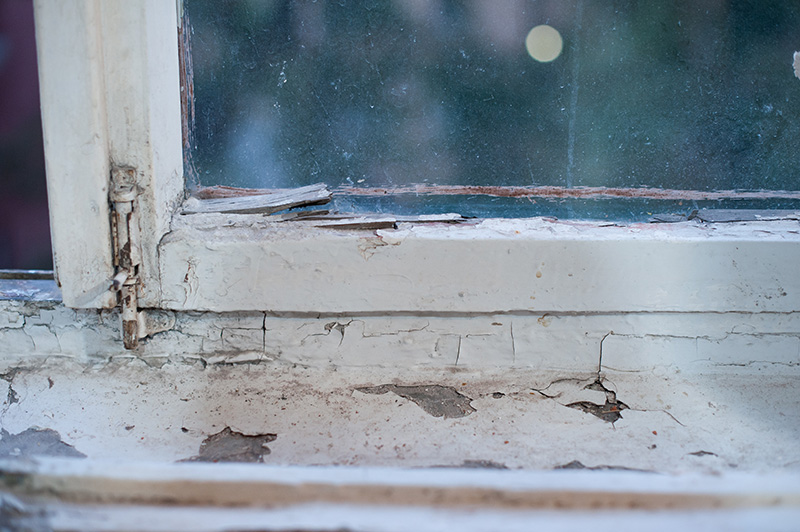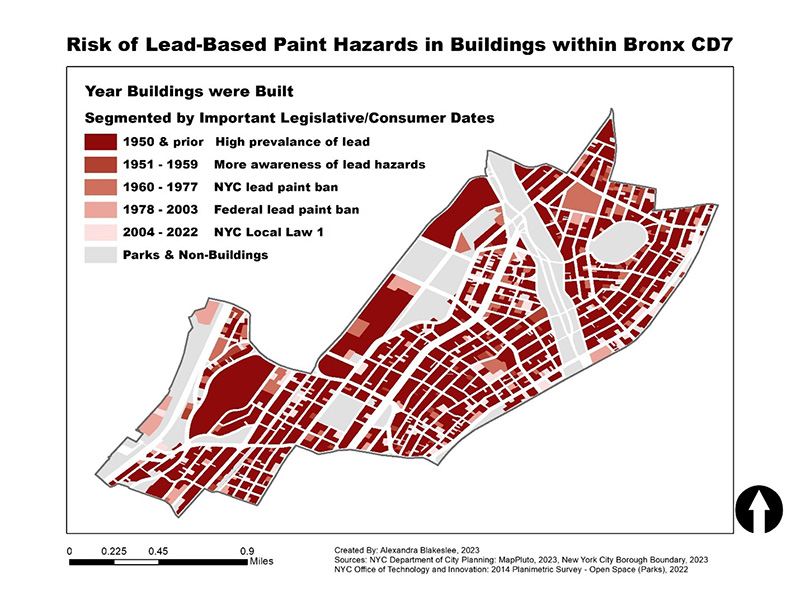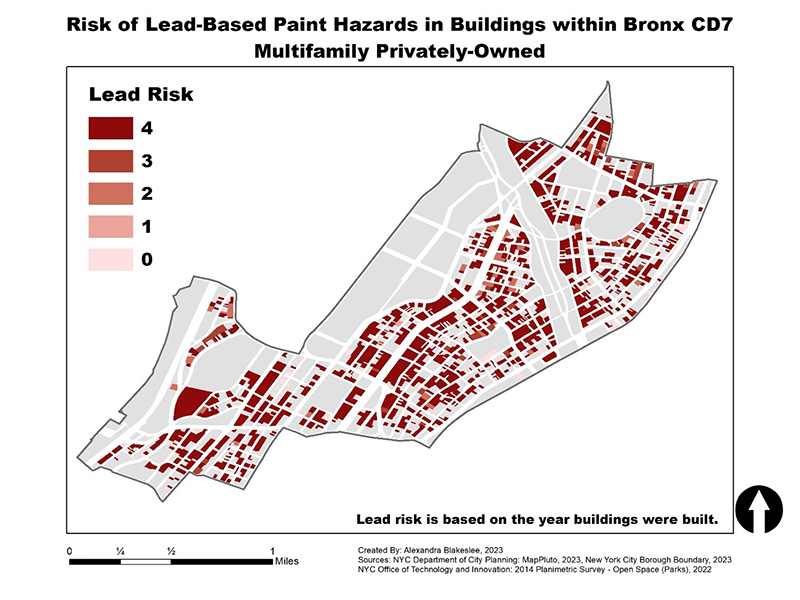Singular Focus, Twin Benefits: Combine Window Replacement with Lead Abatement
How lead abatement programs could be developed alongside window replacement to maximize the co-benefits of each

Because older homes tend to lack window maintenance or utilize older window technologies, there is an opportunity to maximize co-benefits of lead abatement and window replacement. Additionally, funding programs that integrate lead abatement and window replacement together can ultimately lower net program costs and support a more equitable, healthier and sustainable housing stock.
Although strides have been made to reduce lead paint’s damaging or even fatal effects, many lead poisoning cases remain. Lead is often found in the paint around windows and door frames, and window wells in older houses and buildings.
The link between windows and lead
According to the U.S. Environmental Protection Agency, homes built pre-1978 (the year that the United States placed a federal ban on lead-based paint) are more likely to have lead-based paint hazards. Those built pre-1960 have an even higher risk of lead-based paint hazards, which coincides with when New York City put in place its own lead-based paint ban.
When older properties are not maintained, the lead paint prevalent in them can begin peeling and putting tenants, especially children, at risk of lead poisoning. As early as 1990, window wells have been cited to have the highest lead dust amounts. Where lead paint is present, and as a window is opened and closed, lead dust and paint chips are generated and accumulate in the window well. Children can then be exposed, especially during warmer months when people leave their windows open.
Multiple studies have shown replacing windows reduces lead exposure. In 2012, the National Center for Healthy Housing released a study that showed floor and windowsill dust levels had significantly lower lead amounts present when windows had been replaced compared with those that had been repaired (original research project here). Even earlier in 2006, researchers analyzed data from 1990 to 2000 and found window replacement was the leading cause of the substantial reduction in lead poisoning during that period.
This is not only an issue of protecting health; it is one of equity. According to the NYC Department of Health, historically redlined neighborhoods affected by discriminatory real estate practices are more likely to have landlords defer maintenance. Many buildings throughout NYC were constructed pre-1960, especially in environmental justice (EJ) neighborhoods throughout the Bronx. Not only does lack of maintenance in older properties create lead poisoning risks, but the NYC DOH also has shown a direct link between a lack of maintenance in housing and a variety of other health issues.
NYC released its EJNYC report in 2024 noting historically redlined, EJ neighborhoods, such as in the Bronx, report significantly more lead paint violations and other housing maintenance deficiencies compared to non-EJ neighborhoods.
“Energy efficient new construction and energy retrofits have significant potential to reduce energy burden for residents and improve housing quality and associated health outcomes.” – EJNYC Report 2024

Bronx Community District 07
The Northwest Bronx Community and Clergy Coalition (NWBCCC) is a grassroots community organization that hosts a U.S. Department of Energy sponsored Weatherization Assistance Program (DOE WAP). As part of a capstone project for the Master of Science in Sustainable Environmental Systems at Pratt Institute’s Graduate Center for Planning and the Environment, I analyzed property data for Bronx Community District 07 (CD7) where NWBCCC is located with the goal of identifying opportunities for both weatherization and potential lead abatement1.
There is no complete database showing which buildings still have or are likely to have lead in them. Year built was used as a proxy to determine which properties within Bronx CD7 could be most likely to have lead-based paint hazards and which would be most likely to have low-performing windows. The data was further filtered by multifamily privately owned buildings because these were a focus area for the weatherization program; they are more difficult to retrofit due to the landlord-renter relationship and property size. A risk ranking was then assigned based on the year the property was built, and aligned with important legislative changes and consumer awareness changes that occurred throughout history where lead-based paint hazards decreased.
As Figures 1 and 2 show, we can see there remain a significant number of properties that could have potential lead risks and could be targets for window replacement.

Maximizing co-benefits
Government-funded programs for both lead abatement and window replacement, such as the DOE WAP, have similar challenges:
- There are more properties with lead risks than lead abatement funding can cover.
- There are more properties with window maintenance needs than what programs like the DOE WAP will allow or can be justified with current cost-effectiveness calculations.
By looking at these problems and solutions more holistically, integrated funding programs might be developed to lower overall lead abatement costs and window replacement together, and maximize co-benefits between health, equity and energy efficiency.
For the complete capstone project please contact Alex Blakeslee.


